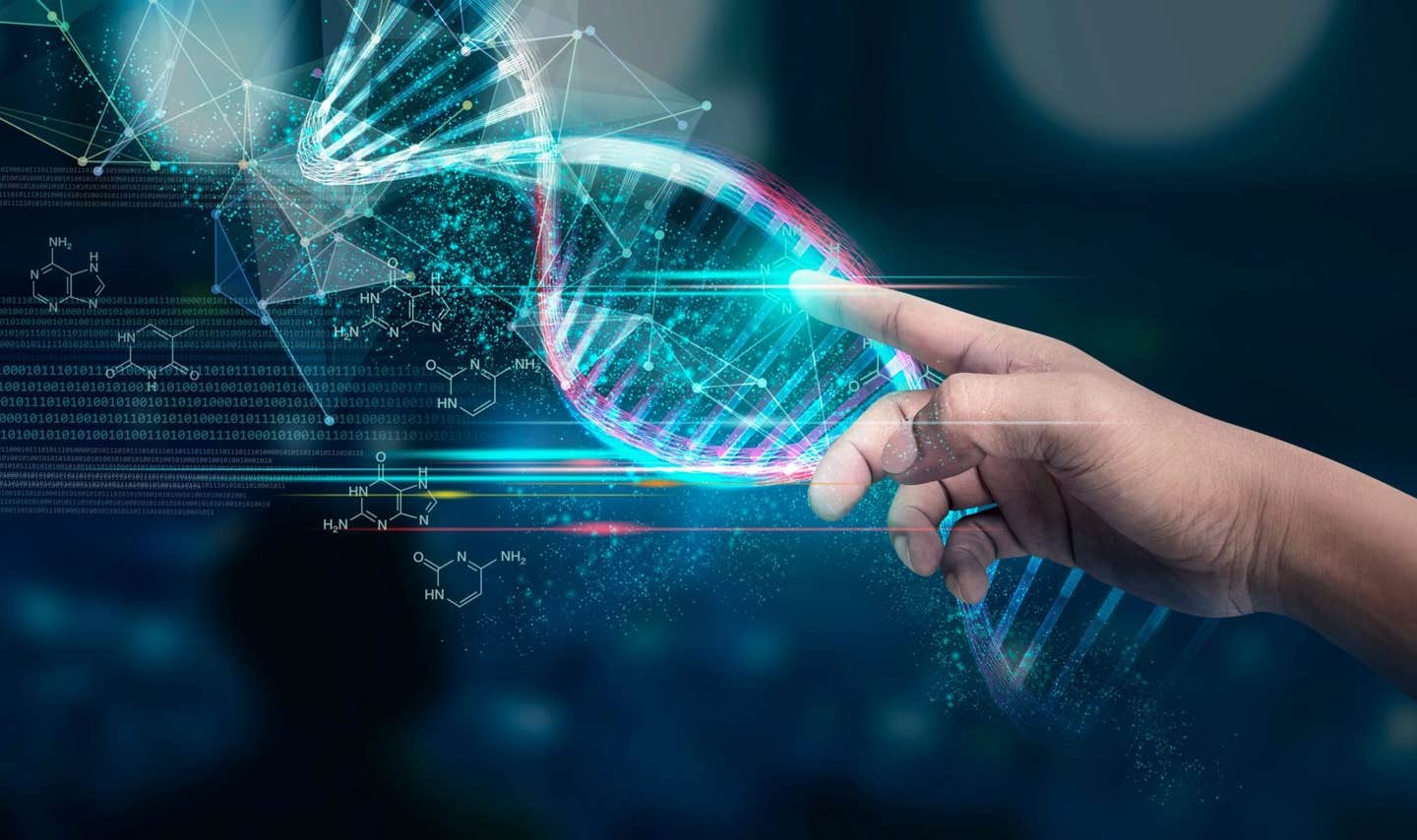Major advancements in muscle growth and regeneration produced by IRCM scientists
Myoblasts, which are stem cells involved in the formation of skeletal muscles, may be combined to repair muscle damage caused by MD.

[June 20, 2023: Staff Writer, The Brighter Side of News]
Stem cells responsible for the formation of skeletal muscles, could make it possible to repair muscles damaged by diseases. (CREDIT: Creative Commons)
Myoblasts, which are stem cells involved in the formation of skeletal muscles, may be combined to repair muscle damage caused by diseases like muscular dystrophy.
Neuromuscular disorders have a significant impact on millions of individuals across the globe. A recent breakthrough at the Montreal Clinical Research Institute (IRCM) has created an opportunity for the development of precise treatments.
Doctoral student Viviane Tran conducted several years of research under the guidance of Dr. Jean-François Côté, the IRCM's president and scientific director, alongside international partners. Their findings have been published in the journal Nature Communications.
The development of muscles is a complicated process that requires specialized cells known as myoblasts. To form and regenerate skeletal muscle, myoblasts must align, move towards each other, and ultimately merge their membranes in a process called myoblast fusion. This fusion stage is the foundation for the creation of muscle fibers.
Related Stories
During embryonic development, the fusion of myoblasts plays a crucial role. Mutations in specific genes can cause Carey-Fineman-Ziter syndrome, a rare clinical myopathy.
In adults, muscle growth and regeneration are maintained by satellite cells. These cells proliferate, differentiate, and fuse to repair damaged myofibers in response to activation signals. While the proteins and signaling pathways that govern this fusion are still being uncovered.
‘We didn’t think it possible’
“Until recently, myoblast fusion was the subject of only basic research," said Dr. Côté.
Manipulating ELMO2 conformational regulation regulates myoblast fusion in a cell intrinsic manner. a Fusion assay performed with primary myoblasts isolated from the indicated mice after 72 h of differentiation. (CREDIT: Nature Communications)
"We weren't interested in it in the context of disease; we didn't think it was possible to use this process to cure certain diseases. Yet, understanding in detail all the factors involved in this fusion could contribute to the development of targeted therapies."
The researchers conducted a key experiment by creating a mouse model that expresses an active form of a protein involved in fusion. This led to an increase in myoblast fusion during muscle development and regeneration.
Isothermal titration calorimetry determined a binding affinity of 10.3 μM for RHOG and WT ELMO2, while no binding could be measured for the L43A mutant. (CREDIT: Nature Communications)
"We also observed that this mouse model, when crossed with a mouse modeling limb-girdle muscular dystrophy 2B, can improve disease phenotypes," said Tran.
Direct evidence of usefulness
The recently collected data offers concrete evidence that the fusion process of myoblasts has the potential to be utilized for regenerative objectives, thereby enhancing the prognosis of muscle disorders.
Manipulating ELMO2 conformational regulation impacts on myoblast fusion during muscle development and growth. (CREDIT: Nature Communications)
Furthermore, this study demonstrates that in the future, augmenting cell fusion may have the ability to "restore" muscles in various forms of muscular dystrophy, such as Duchenne (which affects one in every 4,000 boys), or severe conditions like cachexia (a secondary muscle atrophy caused by a variety of diseases and some types of cancer).
In future research, the manipulation of the myoblast fusion step is likely to be explored further, according to the researchers. Their collaborative efforts with colleagues at UdeM's Institute for Research in Immunology and Cancer (IRIC) and the IRCM in Montreal and beyond suggest this.
Note: Materials provided above by The Brighter Side of News. Content may be edited for style and length.
Like these kind of feel good stories? Get the Brighter Side of News' newsletter.



